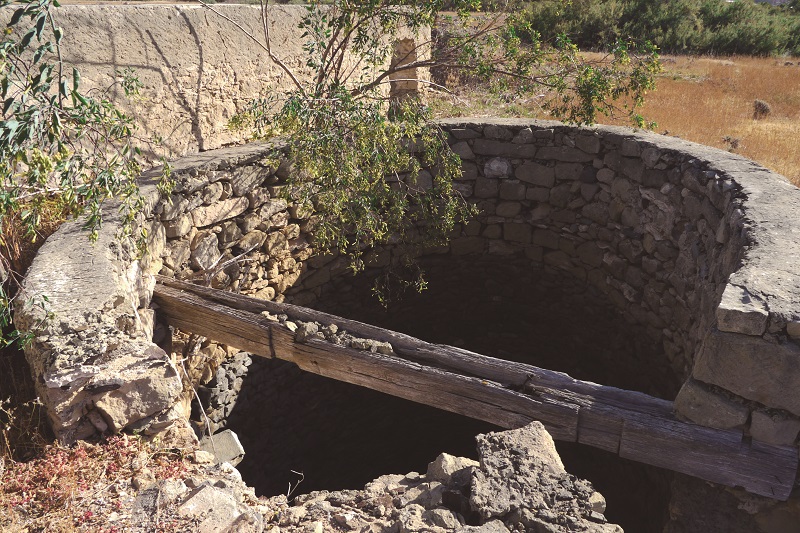SALT MINES
For some time, Porto Santo tried to develop the industry of the extraction of salt from the seawater. The oldest structure known is in Fontinha beach, which is currently in ruins.
FOUNTAINS
Water was a scarce resource, especially in Porto Santo so water dictated the profession of the people in the territory. Currently, evidence of this tireless search for the resource, which was essential for the survival of the people can still be seen, in the numerous water holes found all over the island. At the end of the XIX century, the Municipal Council of Porto Santo had the first fountains and public washer-houses built, by taking advantage of existing springs. The fountains of Porto Santo are the living testimony of the Porto Santo culture and they were meeting places where the inhabitants would share stories, songs and island experiences. The main fountains were built on plastered brickwork with Roman arcs ending in a cornice, with a stonework basin and the initials of the Municipal Council of Porto Santo (CMPS) on them, as well as the year of construction.
WELLS AND NORIAS
Circular structures, known locally as “wells”, tank like, built in fitted stone where the water was raised from underground by using animal or wind traction, with the norias. Located along the main water lines or alongside the south coast, there are about 45 of these archaeological remains left, some in a reasonable state of preservation and showing great constructive care and architectural uniqueness. Fresh water was such a scarce resource that a license in 1854 provided the funding for the construction of wells by the proprietors of lands, which may explain the large amount of wells, considering the reduced dimensions of the island.



